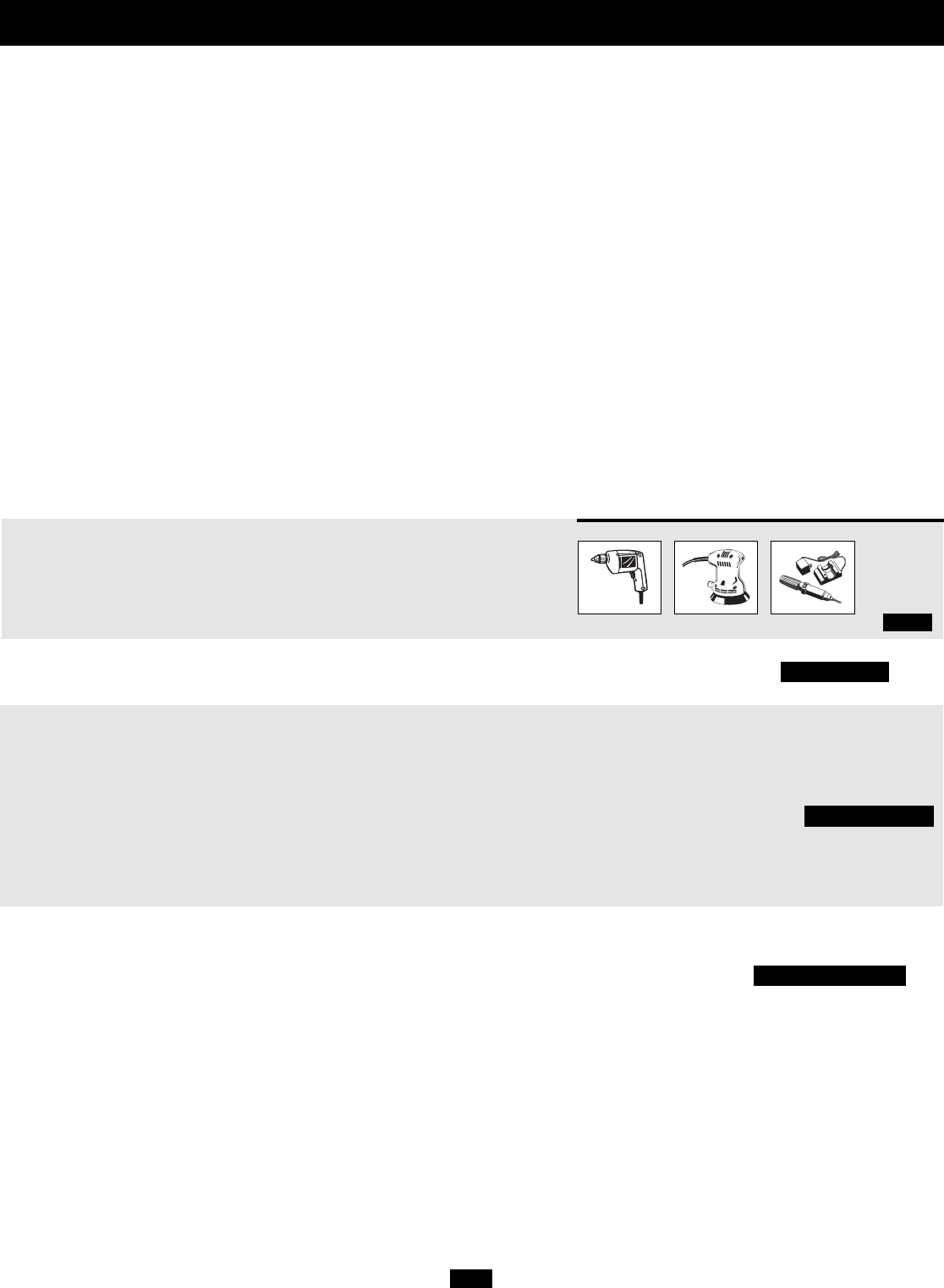
6R
To extend Inverter runtimes without upgrading your truck's alternator, you may wish to create an “intra-day” power reservoir by adding
auxiliary batteries to your system, typically tied to the chassis battery via an isolator. Large intra-day power deficits, despite overnight
charging, are an indicator that a larger alternator may be necessary. Although the Inverter can supply AC power without the vehicle engine
running, the alternator of a running engine replaces lost DC voltage. Especially when operating heavier electrical loads, you may wish to
“assist your batteries” by idling the vehicle engine, or during extra-heavy duty use, by running the engine at faster-than-normal idling.
Select Auxiliary Battery Type (if any)
If you elect to add an auxiliary battery(ies), select “Deep Cycle” batteries to receive optimum performance from your Inverter. Although
ordinary vehicle batteries rated in Cold Cranking Amps (CCA) are an acceptable source of 12V input, any auxiliary battery(ies) would ide-
ally be true Deep Cycle batteries, lengthening the operational lifetimes of the auxiliary battery bank.
Batteries of either Wet-Cell (vented) or Gel-Cell /Absorbed Glass Mat (sealed) construction are ideal. 6-volt “golf cart”, Marine Deep-Cycle
or 8D Deep-Cycle batteries are also acceptable. You must set the Inverter’s Battery Type DIP Switch (see Configuration section for more
information) to match the type of batteries you connect or your batteries may be degraded or damaged over an extended period of time. In
many cases, the vehicle battery may be the only one installed. Auxiliary batteries must have the same voltage as vehicle batteries if they
are connected to each other.
Match Battery Amp-Hour Capacity to Your Application
Select a battery or system of batteries that will provide your Inverter with proper DC voltage and an adequate amp-hour capacity to power
your application. Even though Tripp Lite Inverters are highly efficient at DC-to-AC inversion, their rated output capacities are limited by the
total amp-hour capacity of connected batteries and the support of your vehicle’s alternator if the engine is kept running.
Battery Selection (optional)
540 watts ÷ 12V = 45 DC Amps
270 Amp-Hours ÷ 55 Amps
Inverter Rating = 5 Hours Recharge
• STEP 1: Determine Total Wattage Required
Add the wattage ratings of all equipment you will connect to your Inverter. Wattage
ratings are usually listed in equipment manuals or on nameplates. If your equipment
is rated in amps, multiply that number times AC utility voltage to determine watts.
(Example: a ¼ in. drill requires 2½ amps. 2½ amps × 120 volts = 300 watts .)
Note: Your Inverter will operate at higher efficiencies at about 75% - 80% of nameplate rating.
• STEP 2: Determine DC Battery Amps Required
Divide the total wattage required (from step 1, above) by the battery voltage (12)
to determine the DC amps required.
• STEP 3: Estimate Battery Amp-Hours Required (for operation unsupported
by the alternator)
Multiply the DC amps required (from step 2, above) by the number of hours you
estimate you will operate your equipment without recharging the batteries by run-
ning the vehicle engine, or via shore or generator input to the Inverter's battery
charger. Compensate for inefficiency by multiplying this number by 1.2. This
will give you a rough estimate of how many amp-hours of battery power (from
one or several batteries) you should connect to your Inverter.
NOTE! Battery amp-hour ratings are usually given for a 20-hour discharge rate. Actual amp-hour capacities are less
when batteries are discharged at faster rates. For example, batteries discharged in 55 minutes provide only 50% of
their listed amp-hour ratings, while batteries discharged in 9 minutes provide as little as 30% of their amp-hour ratings.
• STEP 4: Estimate Battery Recharge Required, Given Your Application
If your vehicle's alternator does not replace all battery voltage inverted to sup-
port your equipment, you must allow your batteries to recharge long enough to
replace the charge lost during inverter operation to avoid eventual run-down of
your batteries. To estimate the minimum amount of time you need to recharge
your batteries given your application, divide your required battery amp-hours
(from step 3, above) by your Inverter’s rated charging amps.
Example
300W + 220W + 20W = 540W
¼" Drill
Orbital Sander
Cordless Tool Charger
45 DC Amps × 5 Hrs. Runtime
× 1.2 Inefficiency Rating = 270 Amp-Hours
200502084.qxd 3/7/2005 7:24 PM Page 6
